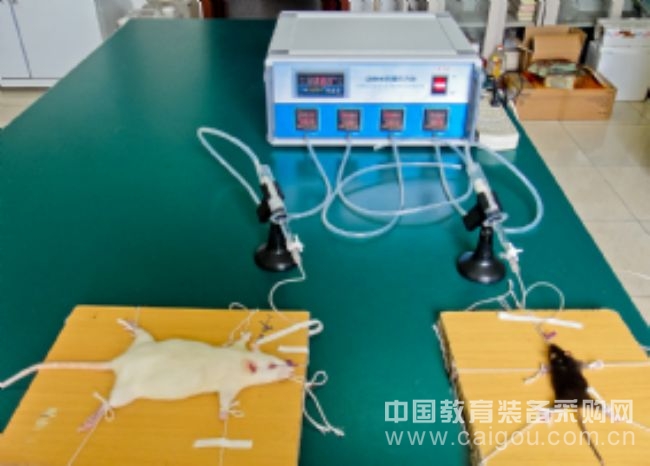Ischemic retinal damage is a frequent and serious condition encountered in ophthalmology. As a nerve tissue, the retina is highly vulnerable to injury under ischemic and hypoxic conditions. The central retinal artery, being a terminal artery, is particularly susceptible to blockage, which can lead to rapid and severe retinal damage. Retinal ischemia is a key pathophysiological process seen in various eye diseases, including glaucoma and central retinal artery occlusion. Understanding the mechanisms behind this type of injury remains a critical focus in medical research, especially within the field of ophthalmology. Therefore, studying the mechanisms of retinal ischemic injury and the protective effects of potential drugs holds significant importance for clinical practice. Developing an accurate and reliable experimental model for retinal ischemia is essential for advancing research in this area. Currently, common methods used to induce retinal ischemia include elevated intraocular pressure models, vascular ligation, and post-balloon injection of vasoconstrictors. Among these, the intraocular pressure elevation method has gained widespread use due to its simplicity and reproducibility. This technique involves injecting fluid into the anterior chamber of the eye to increase intraocular pressure, thereby causing retinal ischemia. In China, many researchers create their own devices for this purpose, often using a pneumatic system with a sealed container filled with saline. However, these manually operated systems require constant monitoring and adjustment, leading to inconsistencies in results, time-consuming procedures, and limited precision in pressure control. To address these challenges, we have developed a modular animal retina pressure gauge. This device uses compressed air as the pressure source and incorporates a gas-liquid isolator to apply controlled pressure. A pressure sensor ensures accurate readings, while a controller manages both pressure and duration, offering automated and consistent performance. Compared to existing self-made equipment, our design provides higher precision (pressure range: 0–150 mmHg ± 2 mmHg), better repeatability, and more reliable experimental outcomes. It also reduces the workload for researchers by eliminating manual operations, allowing multiple models to be created efficiently. The device is simple in structure, easy to operate, safe, and cost-effective, making it a valuable tool for retinal ischemia research. Title: Animal Retina Pressure Gauge Completion Unit: Department of Pharmacology, School of Medicine, Shandong University
Add a twist to an ordinary space with these nice Door Curtain , such an easy and affordable way to add color , character , and style to your space . Door Curtains help prevent annoying flies entering your space , while maintaining the air flow when they are open during hot summer days . Whether used as a divider , door or window decoration , they are great choices ! Door Curtains,Patio Door Drapes,Kitchen Door Curtains,Single Door Curtain Shandong Guyi Crafts Co.,Ltd , https://www.gyicraft.com
Last but not least , a door curtain can be used as a window treatment to add a decorative touch to a boring window ! Use for just about any door way - use your imagination ! Installation is super easy .
[Shandong University] Animal Retina Pressure Gauge